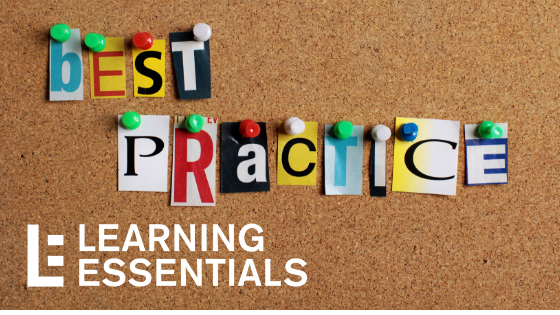Equitable Practices in the Classroom, Part II
In part one, we discussed the importance of addressing students using equitable methods. We also looked at ways to increase participation and ensure that all students feel capable of contributing in classroom discussions and group tasks. Equity is an essential piece, not only in how we teach, but also in what we use to teach.
Physical classroom set-up:
There are ways in which teachers can choose to organize, decorate, and structure the classroom to promote a more equitable learning environment. From simple aspects such as desk arrangements, to posters and texts selected for the classroom library, all of these decisions can either foster or stifle equity. When arranging desks, it is important that teachers consider the learning goals of the lesson or unit and the avenues with which students can arrive at these objectives. If discourse is an essential piece of the learning goal, desks should be arranged in a “U shape” or circled up to promote small group discussions, collaborative activities, and cooperative learning practices.
If drafting, peer review, or teacher feedback is a critical aspect of the objective, then desks should be set up in groups of twos, threes, or fours to create work spaces that allow for pair sharing and teacher conferences. Whatever the goal may be, the key is for teachers to feel free to structure the classroom as needed, even if this means moving seating arrangements regularly. The room should account for dynamic, free-flowing learning; it does not need to be the stereotypical static formation of rows of desks facing forward.
Familiar faces:
An equitable classroom is also one in which students feel welcomed by familiar faces and people with similar experiences. While teachers cannot always provide that face of familiarity themselves, they can ensure that the classroom is adorned with posters, student work, displays, bulletin boards, and texts that are racially and ethnically inclusive of all students.
Not only do students need to see themselves represented in their learning environment, but they also need to see stories of success and perseverance. When building a classroom library, teachers should be sure to include works of art, poetry, fiction, and biographical texts that demonstrate the strength of the human spirit through obstacles and hardships. When students are able to connect to texts, not only a cultural level, but through a common life experience, they become more engaged and motivated by the important themes of overcoming challenges. These essential messages help students connect to the classroom in a way that they might otherwise feel excluded.
Teachers can also build equity by including artifacts from the community in the classroom. If students participate in a club sport, consider hanging the team’s memorabilia or team statistics on a bulletin board. If community members primarily speak another language, consider displaying posters or motivational messages in that language around the room. Similarly, make mention of cultural holidays or other important days that represent students’ backgrounds, families, and religious or cultural roots.
When possible, incorporate generational influences that students can connect to during instruction. Music, television, current events, and other pop culture references can support student engagement and build equity concurrently.
Value multiple perspectives:
Where discourse is involved, students have the special opportunity to voice, hear, and try on multiple perspectives—a key practice for building critical thinking skills. Exposing the learning environment to new perspectives allows student to question previous assumptions, explore unfamiliar theories or viewpoints, and build an understanding for others’ belief systems.
Teachers can help to promote this level of broad thinking and consideration with purposeful modeling, questioning, and differentiation. For instance, when having a group discussion, teachers should prompt students to consider further viewpoints by purposeful phrasing such as:
- “There are a variety of ways to look at this example.”
- “There is not just one correct answer here, it is more open-ended depending on interpretation.”
- “That’s an interesting interpretation. Did anyone else see it differently?”
- “So-and-so solved the problem this way, but is there another way to solve it?”
- “Can you think of another reason why the character may have responded this way?”
- “How might someone else respond differently based on personal beliefs or circumstances?”
- “One valid point does not negate another valid point.”




